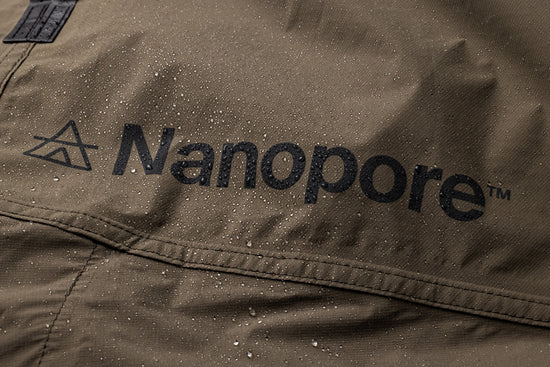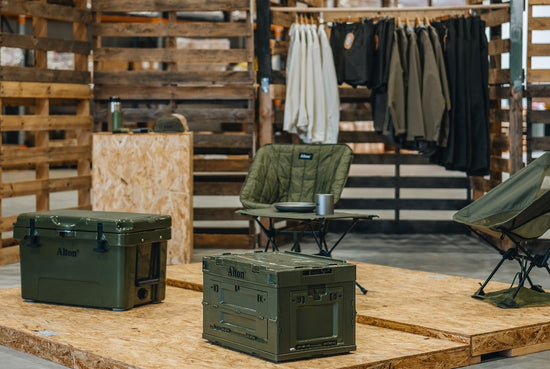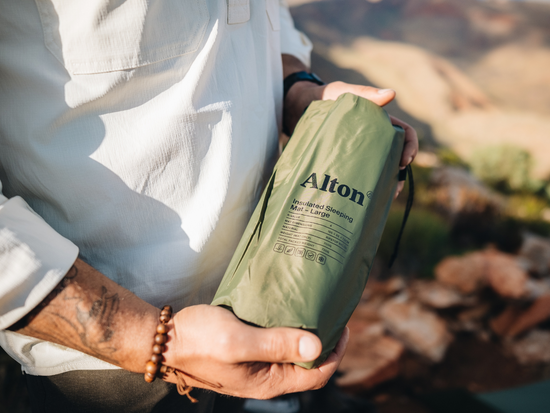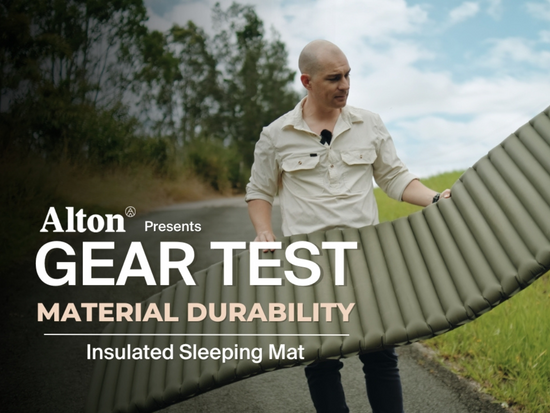

OUR SLEEPING MATS
When you choose alton, you're getting:
-
All-Night Comfort
-
Light & Compact
-
Low-Noise Coating
-
Puncture Resistant
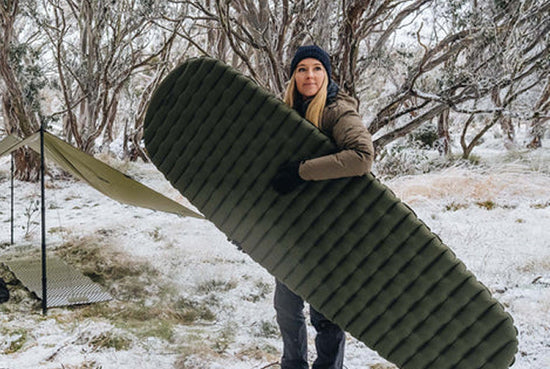
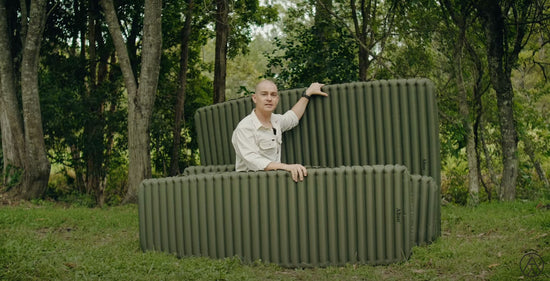
Which Alton Sleeping Mat is Right For You?
Which Alton Sleeping Mat is Right for You?
- Material
- Insulation
- R-Value
- Temperature Rating (Lower Limit)
- Low-Noise Coating
- Lifetime Warranty
- Weight (Mat Only)
- Thickness
- Sleeping Position
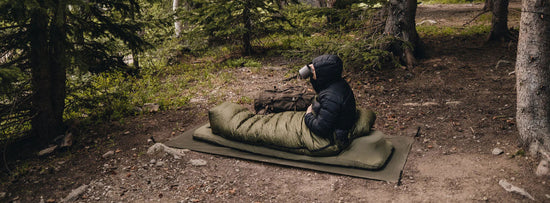
What’s The Best Sleeping Mat For You?
Take the quiz to find the best Alton sleeping mat for you.
Take the QuizWe sell direct and share the savings.
No wholesalers, no distributors, no corporate middlemen. We skip the markups and save you up to 40%.

What is R-Value?
R-value is one of the most important factors to consider when you’re shopping for a new sleeping mat. But what is R-value, and why does it actually matter?
In simple terms, R-value is a measure of how insulative your sleeping mat is. The higher the R-value, the better the mat will be able to prevent heat loss and keep you warm in cold conditions.
By choosing a sleeping mat with the right R-value for your needs, you’ll stay warm, sleep better, and wake up feeling ready for your next adventure.
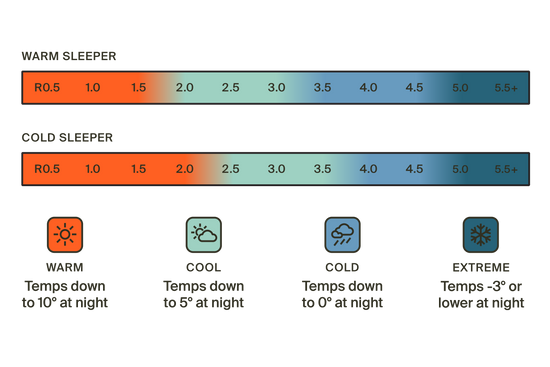
FAQs
-
Great question. There are a lot of factors that go into determining the best sleeping mat, but it all boils down to your own personal needs and preferences.
We have a blog article that covers this topic in-depth, but in a nutshell the best sleeping mat will be the one that ticks your boxes in terms of warmth/insulation, weight, shape and size, durability, comfort, and price.
Reviews and rankings can help you get an idea of what sleeping mats are highly rated in different scenarios, but it’s important to remember that there is no one ‘best’ sleeping mat out there… only the one that best suits your needs in a specific situation.
Here at Alton, we know that finding the best sleeping mat for your needs can be tricky, which is why we’ve put together a bunch of resources and information to make that decision easier for you. All our sleeping mats are built for long-lasting performance and serious comfort – so whichever one you choose, you’re setting yourself up for a better night outdoors.
Still not sure? Our Sleeping Mat Quiz will help point you in the right direction.
-
Choosing the right sleeping mat R-value is key to staying warm and comfortable outdoors. That’s why understanding R-value is actually essential knowledge for everyone who’s serious about outdoor adventures.
In simple terms, R-value measures how well a sleeping pad insulates you from the ground. The higher the R-value number, the better that sleeping mat will protect you from the cold during the night.
Here’s a quick overview of R-value sleeping pad temperature ratings:
R-Value 0.5 to 2.0 → Warm/Mild (down to 10º at night)
R-Value 2.0 to 3.5 → Cool (down to 5º at night)
R-Value 3.5 to 5.0 → Cold (down to 0º at night)
R-Value 5.0+ → Extreme (-3º or lower at night)
To help you understand sleeping mat R-value, we have put together a detailed blog article that goes deep into the specifics. After reading it, you’ll have a clear idea of what R-value is and how to determine what R-value rating is required in different situations.
-
The short answer is yes, you need a sleeping pad (or sleeping mat) for camping.
Of course, there are other things you can sleep on for camping, like a hammock, camping cots, and closed cell foam pads… and it doesn’t really matter what you use, as long as you actually do have something to sleep on while you’re camping.
Sleeping mats for camping aren’t just about giving you a comfy, cushioned surface to sleep on (although that’s a bonus, for sure). Their most important function is actually providing insulation between your body and the cold ground.
Without a sleeping mat, you can lose a lot of body heat into the ground – even on warm nights. This makes you feel cold, which impacts your sleep quality and burns up a lot of energy as your body struggles to regulate your temperature.
So yes, unless you’re in the mood to wake up feeling like cr*p and like potentially putting yourself at risk of hypothermia, then you definitely need a sleeping pad for camping.
-
How thick your sleeping mat should be mostly comes down to personal preference and sleeping position.
Side sleepers tend to prefer a thick, cushioned sleeping mat (7+ cm thick) as this will provide better hip and shoulder support compared to something thinner. They benefit from having extra width, too, so they can spread out a little more.
Back sleepers can get by sleeping on just about anything (lucky bastards) – but they’ll still benefit from having a bit more cushioning (5-7 cm) to give them a buffer against the rocky or uneven ground.
Belly sleepers tend to need more stability from their mat, rather than something super soft and cushy. A lot of belly sleepers prefer a moderately thick sleeping mat, around 5-6 cm) with low bounce and firm, even cushioning.
-
The sad truth is that even a high-quality sleeping mat can feel way less comfortable than it should if it’s not set up right.
So here are some of our favourite tips to make your sleeping pad more comfortable for camping:
- Don’t over-inflate your sleeping mat. If your mat is inflated to the max, it won’t be able to support your body properly, so you might wake up stiff and sore.
- Invest in a good pillow. Having good neck and spine alignment while you sleep can make a HUGE difference to your sleep quality and comfort.
- Match your sleeping mat to your sleep style. Side sleepers need more cushioning, while back and belly sleepers often prefer firmer, more even support.
- Go wider. Choosing a sleeping mat with extra width can help you stay centred on the mat during the night and offers more support – especially if you like to spread out while you sleep.
- Add an extra layer of cushioning. For extra comfort and warmth, consider using a closed-cell foam mat under your inflatable air mat.
For more tips and tricks to boost comfort, check out this blog post on common sleeping mat mistakes that ruin your comfort – and how to fix them.
-
Both inflatable sleeping pads and closed-cell foam pads have their place in the outdoors. The best choice comes down to your priorities. So ask yourself, what do you need when it comes to warmth, comfort, weight, durability, reliability, packability?
Inflatable sleeping mats have become the go-to for most modern campers and hikers. They’re thicker, softer, and more supportive compared to closed-cell foam mats. Plus, they come in a huge variety of models offering different insulation levels, packed weights/sizes, and performance benefits. However, inflatable sleeping mats are often quite expensive, especially if you’re looking at high-performance models, and they are vulnerable to punctures, so it’s wise to carry a patch kit just in case.
On the other hand, closed-cell foam pads are virtually indestructible and 100% puncture-proof. They’re simple and effective, take only seconds to set up and pack down, and can be used directly on the rough ground. The downsides are that they have limited insulation options available (usually around R2), can be a bit bulky to carry, and don’t offer much cushioning or support.
Inflatable sleeping mats and closed-cell foam pads actually work really well when used together. By layering your closed-cell foam pad underneath your inflatable sleeping mat, you can boost the comfort, increase insulation, and help prevent punctures. Layering like this is ideal for cold-weather camping in harsh conditions where sleeping mat failure is not an option.
Ultimately, which option is ‘better’ than the other is going to change depending on the scenario – and your own preferences.
-
A high quality sleeping mat can last around 5-10 years (or even more), depending on how often you use it and how well you care for it.
At Alton, our sleeping mats are built to go the distance. They’re made with premium materials, hand-selected for their proven durability and performance benefits, and are subjected to our rigorous quality control standards. Plus, like everything we make, they come backed with a Lifetime Warranty*, so you can be confident that your Alton sleeping mat will perform as it should as long as you own it.
For more care tips and advice to extend your sleeping mats life, check out this blog post.
-
Keeping your sleeping mat clean will help it last longer and perform better.
Here’s how to do it:
- Brush off any dirt or debris.
- Inflate the mat and close the valves (you don’t want to let any water get inside).
- Spot clean using a soft, damp sponge or cloth and technical outdoor gear wash.
- Clean over the entire mat, using more water and gear wash solution.
- Wipe over again with clean water to rinse. Repeat until there is no soap residue remaining.
- Towel off and hang or lay the mat out flat in a well ventilated area away from direct sunlight. Make sure it’s 100% dry before storing.
For detailed instructions and more information on sleeping mat care, cleaning and storage, head over to this blog article.



